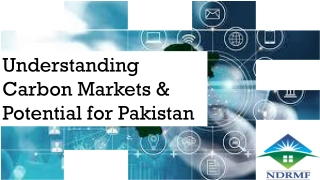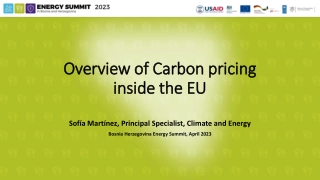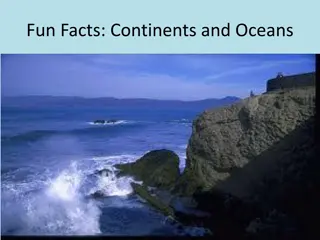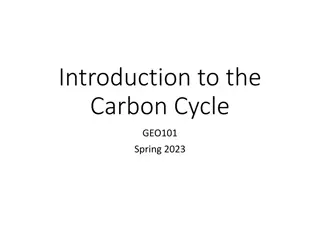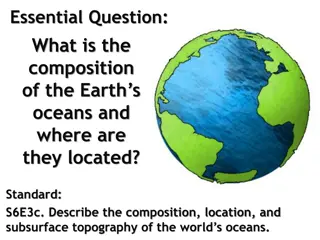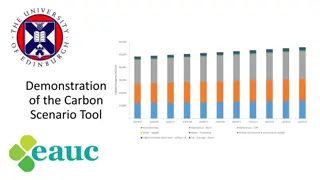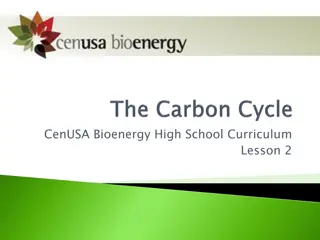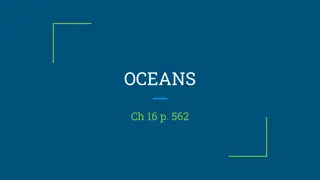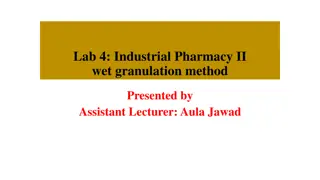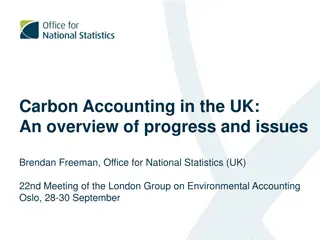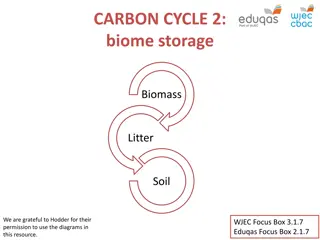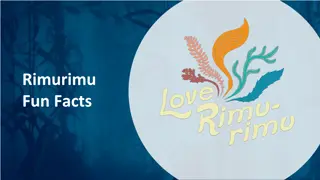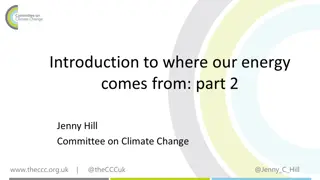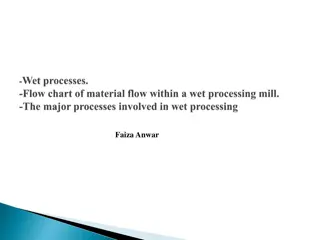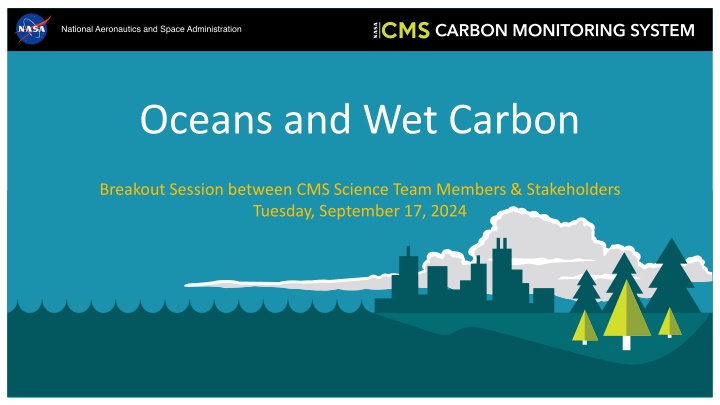
Oceans and Wet Carbon
Explore the synergies between oceans and wet carbon in this interactive session with CMS Science Team members and stakeholders. Join us on Tuesday, September 17, 2024, to delve into the latest research and discussions shaping the future of these critical environmental elements.
Download Presentation

Please find below an Image/Link to download the presentation.
The content on the website is provided AS IS for your information and personal use only. It may not be sold, licensed, or shared on other websites without obtaining consent from the author. If you encounter any issues during the download, it is possible that the publisher has removed the file from their server.
You are allowed to download the files provided on this website for personal or commercial use, subject to the condition that they are used lawfully. All files are the property of their respective owners.
The content on the website is provided AS IS for your information and personal use only. It may not be sold, licensed, or shared on other websites without obtaining consent from the author.
E N D
Presentation Transcript
Oceans and Wet Carbon Breakout Session between CMS Science Team Members & Stakeholders Tuesday, September 17, 2024
Participants CMS Science Team Members Stakeholders Cecile Rousseaux Abhishek Chatterjee Crooks, Steve - Silvestrum Climate Associates Blake Clark Laura Lorenzoni Santa, Arturo - OASIS Dorothy Peteet Richard Zimmerman Landry, Brooke - Maryland DNR Molly Brown Kevin Kroeger Cheryl Doughty Peter Hawman George Hurtt Lionel Arteaga Peter Griffith Louise Chini
Getting on the same page Wet Carbon includes all freshwater, saline, and brackish aquatic and wetland ecosystems (e.g., peatlands, mangroves, and oceans) with shared data needs, restoration and preservation priorities, and research directions also includes terrestrial wetlands, permafrost, lakes, riverine, marine systems, land ocean aquatic continuum (LOAC) a broader grouping of carbon cycle systems than what the term blue carbon traditionally implies
In the room Stakeholder priorities Steve 1. 2. What is the carbon drawdown benefit of alkalinity coming from coastal wetlands? Restoring coastal forests (North Carolina) several of which are dying with sea level rise, changes in biomass and biodiversity with the potential of large amounts of carbon being released back to the atmosphere. From NASA s perspective - better mapping and quantification of these coastal forests, projection of future losses? Arturo 1. OSSEs to measure impact of intervention in the open ocean Brooke 1. Carbon storage in freshwater systems, especially with an eye on submerged aquatic vegetation in Chesapeake Bay freshwaters
Stakeholder questions Lack fundamental knowledge of various processes underlying carbon cycling in aquatic ecosystems; processes occur at different scales; processes are different for ecosystems; needs are different depending on your end goal (conservation/restoration) - how do you monitor it? how do you model it? Need both baseline and impact of projects going forward. How long should you track carbon sequestration in aquatic ecosystems? Need definitive statements from the scientific community. How do the stakeholders know who to talk and learn about the wet carbon science that CMS is enabling? CMS ST questions How can CMS further develop wet carbon science? from spatial distribution (different regions) to tracking composition (organic vs. inorganic), impact on alkalinity, interactions with sea level rise, erosion, how much is released back into the atmosphere? What type of information are stakeholders looking for? Wet carbon science. Or the fact that a lot of wet carbon systems are disappearing, significant habitat loss and ecosystem changes are happening that have cultural and socioeconomic price attached to it. Maybe that is of more interest to state agencies. Or maybe both? How can CMS enable better VERRA standards? Standards can be lacking, variable depending on region, depending on application area (shallow vs. deep ocean), etc. How do we integrate wet carbon in carbon markets? What are the barriers and risks to using wet carbon in carbon markets? There are uncertainties in the tools used. What level of uncertainty is acceptable? How can we help quantify risks associated with climate variability and trends, processes like erosion, sea level rise, disturbances like hurricanes and droughts Understanding feedbacks associated with mCDR techniques what is the level of interest in understanding those impacts?
Which stakeholders were we missing? those interested/involved in carbon sequestration parties interested in tracking carbon flux exchange along the LOAC maybe regional, state, country governments

